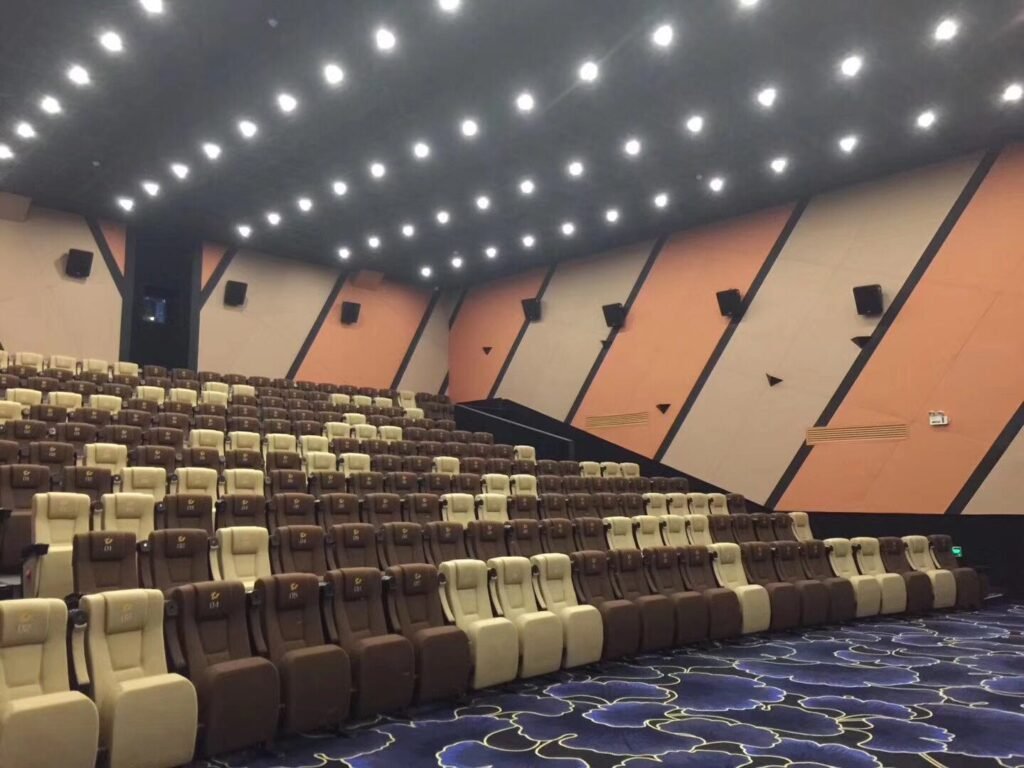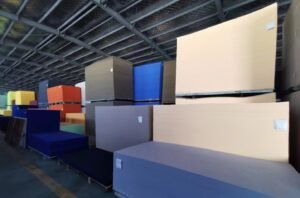Introduction: Welcome to our comprehensive guide on acoustic wall panels! As experts in the field, we are delighted to share insights from the perspectives of chemistry, physics, and manufacturing. Join us on this enlightening journey as we delve into the science behind these remarkable panels and discover how they transform the acoustic landscape of any space.
Understanding Acoustic Wall Panels: Acoustic wall panels are purposefully designed materials used to improve sound quality by reducing noise levels, controlling echoes, and enhancing speech intelligibility. These panels are widely employed in various settings such as recording studios, concert halls, offices, schools, and even residential spaces.
- Chemistry and Acoustic Wall Panels: The chemistry behind acoustic wall panels revolves around the selection of materials and their composition to optimize sound absorption properties. Porous materials, including foam and mineral fibers, are commonly used due to their ability to trap and dissipate sound energy effectively.
Chemical additives and treatments can further enhance the performance of these panels. For instance, flame retardants may be added to ensure fire safety, while anti-microbial agents help maintain hygiene in environments where panels are installed. The expertise of chemists ensures that the materials used meet performance standards while considering factors such as durability, environmental impact, and sustainability.
- Physics and Acoustic Wall Panels: The physics of sound plays a significant role in the design and functionality of acoustic wall panels. When sound waves encounter a panel, three essential processes occur: absorption, reflection, and transmission.
Absorption: Acoustic wall panels are designed to absorb sound energy through friction and resonance. Porous materials within the panels create numerous air pockets that trap sound waves, converting their energy into heat.
Reflection: Panels can also minimize sound reflection, preventing echoes and excessive reverberation. By using dense materials or incorporating surface designs that scatter sound waves, panels can redirect sound energy away from the listener, leading to a more controlled acoustic environment.
Transmission: Effective acoustic wall panels impede the transmission of sound energy through walls or partitions. Materials with high density and mass are employed to block sound transmission, enhancing privacy and reducing noise leakage between spaces.
- Manufacturing Acoustic Wall Panels: The manufacturing process of acoustic wall panels involves several key steps to ensure optimal performance and quality.
Design and Material Selection: Experts consider factors such as panel thickness, density, surface texture, and structural design to achieve the desired acoustic properties. The selection of suitable materials and manufacturing techniques is crucial to meet specific requirements.
Fabrication: Various fabrication methods, including hot pressing, lamination, or molding, are employed to create the panels. These processes involve carefully controlling temperature, pressure, and curing times to achieve consistent results and desired performance characteristics.
Installation: Proper installation techniques play a vital role in maximizing the effectiveness of acoustic wall panels. Factors like panel positioning, spacing, and the use of appropriate adhesives or mounting systems are carefully considered to ensure optimal sound absorption and coverage.
Conclusion: Acoustic wall panels are the result of meticulous research, scientific understanding, and manufacturing expertise. Through the integration of chemistry, physics, and manufacturing techniques, these panels have the ability to transform any space into an acoustically optimized environment.
Whether it’s controlling echoes in a recording studio or creating a productive workspace in an office, acoustic wall panels have become indispensable for enhancing sound quality and improving overall user experience. With ongoing advancements in materials and manufacturing processes, the future holds even greater possibilities for innovation and customization.
We hope this comprehensive guide has provided valuable insights into the science behind acoustic wall panels. For more information or to explore our range of cutting-edge solutions, please feel free to reach out to us.




